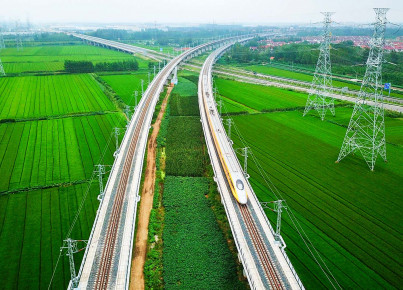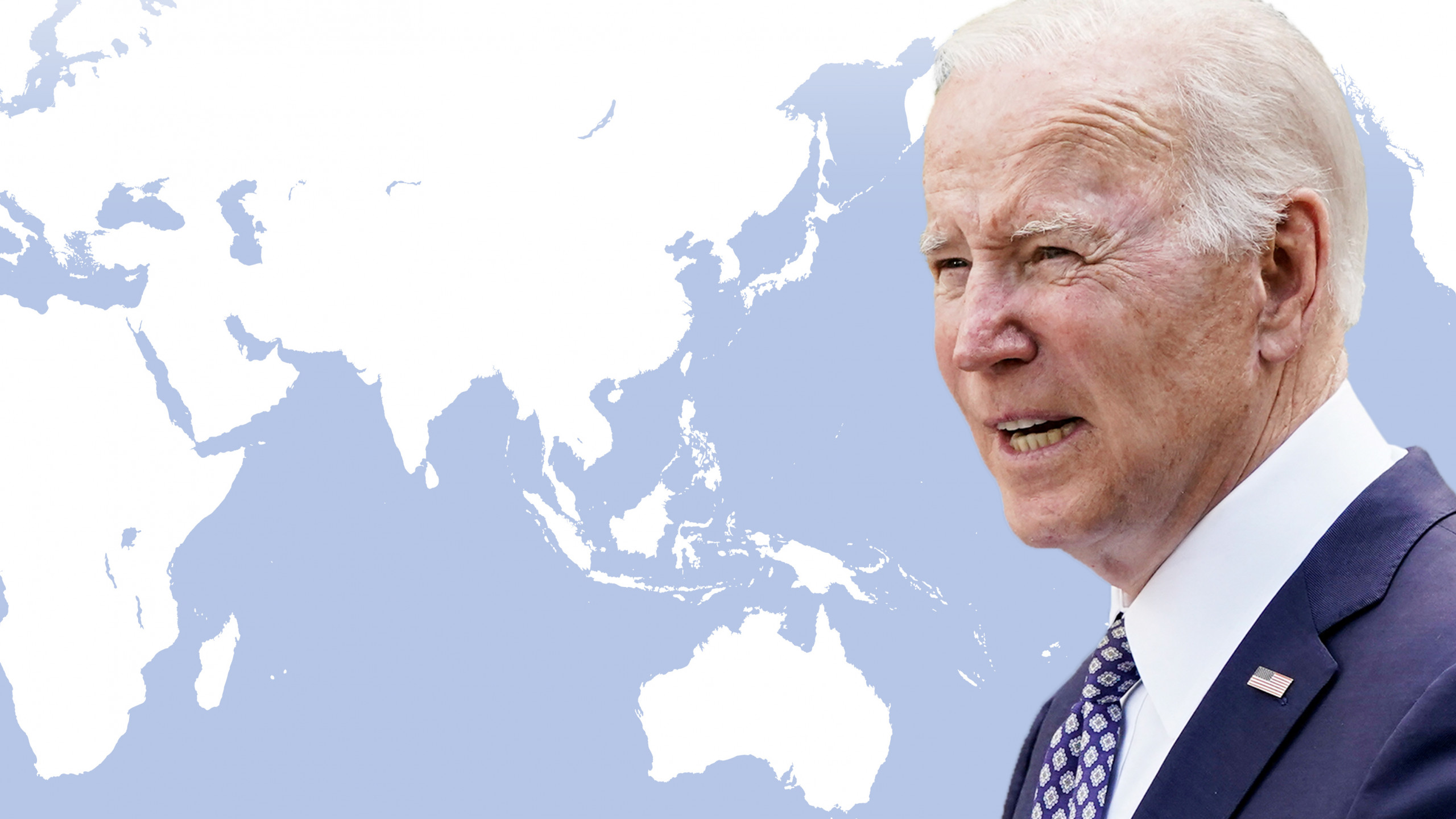Despite a relatively late start, the relations between India and ASEAN have become more florid and benefit from an unparallel growth potential..
The relations between India and ASEAN are relatively recent, especially if compared to the longer relations that countries of the South-East Asian region have established with greater regional and global players since the 70s, such as United States, Japan and the European Union. The choice made by the ASEAN countries to admit India as a fully recognized interlocutor occurred only in 1995, after a long delay and rugged debates among ASEAN countries. Indeed, member states of islamic culture, especially Malaysia and Indonesia, asked for the inclusion of Pakistan alongside that of India. However, the rest of the ASEAN countries revealed great concern about the fact that the participation of both countries to ASEAN meetings could have led to tensions within the Association. In the end, thanks to the refined political mediation enacted by Singapore, only India was allowed to join. Nevertheless, since that moment, all ASEAN member states, even the most reticent, have started to reconsider the economic and geopolitical importance of India for South-East Asia’s strategic interests.
Up until now, India represents the sixth largest trading and economic partner of ASEAN and, in turn, ASEAN is the third main economic partner of India, following the EU and US and followed by China, registering a total exchange of commodities of over 96 billion USD in 2019. After the signing of the India-ASEAN free-trade agreement in 2009, the commercial interchange between the two blocks has been constantly growing year by year and the mid-term ambitious goal is to reach a bilateral exchange volume of over 200 billion USD by 2022. The enormous collective base of over 1,8 billion potential consumers who inhabit the two regions, among which many are part of a rapidly growing middle-class, offers and immense and unparalleled potential for economic and commercial development, not only in Asia but also at a global level. However, the growth opportunities between India and ASEAN are not only related to trade. The Indian culture had and continues to have a great ascendent over the inhabitants of South-East Asian countries. After all, in the past, the Indian civilization laid cultural foundations in the majority of the ASEAN countries, similarly to the influence of the Greek-Roman civilization over western culture and, still today, Indian soft power, with its leading cinematographic Bollywood industry, exercises a crucial role in the South-East Asian region. The current Prime Minister of India, Narendra Modi, has expressed the intention to employ this strong cultural bond, which connects India and the ASEAN countries, in order to forge an alliance that goes well beyond mere economic and commercial interests. And to use Modi’s words, “the India-ASEAN partnership may be recent, yet the connections entailed by India with the South-East Asian region go back to more that two thousand year ago”. The leaders of South-East Asian countries have answered with great enthusiasm to Modi’s proposition to work jointly for the development of deeper forms of cooperation between India and ASEAN, and they have likewise conveyed their wish to deepen strategic bonds with the Indian giant. The proof was the 20th meeting of the ASEAN-India Joint Cooperation Committee, which took place online on the 12th of June, during which representatives of both regions have agreed on funding several common projects, such as a credit line from the Indian government of over 1 billion USD in order to sustain infrastructural and digital connectivity projects between South-East Asian countries and India.
Despite a relatively slow start, relations between the two regions are now in excellent health and are steadily improving. The opportunities for growth, both on the economic-commercial side and on the geopolitical one, are immense and a further deepening of the relations between the South-East Asian countries and India will only lead to a greater balance of power in the Asia-Pacific region.
Article edited by Andrea Dugo.






